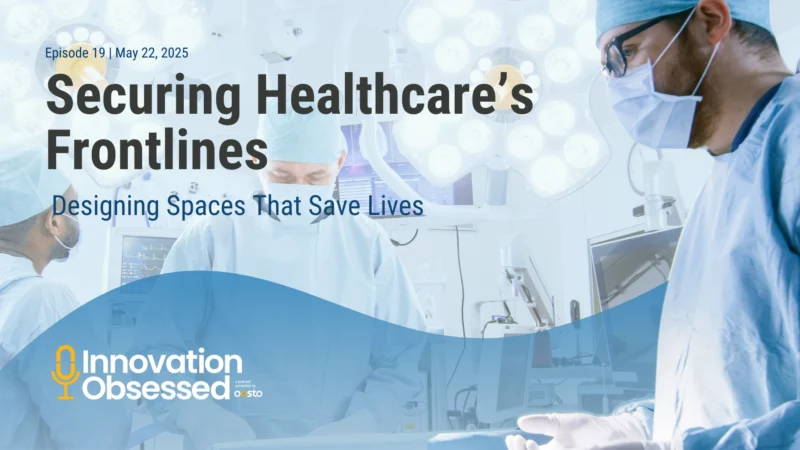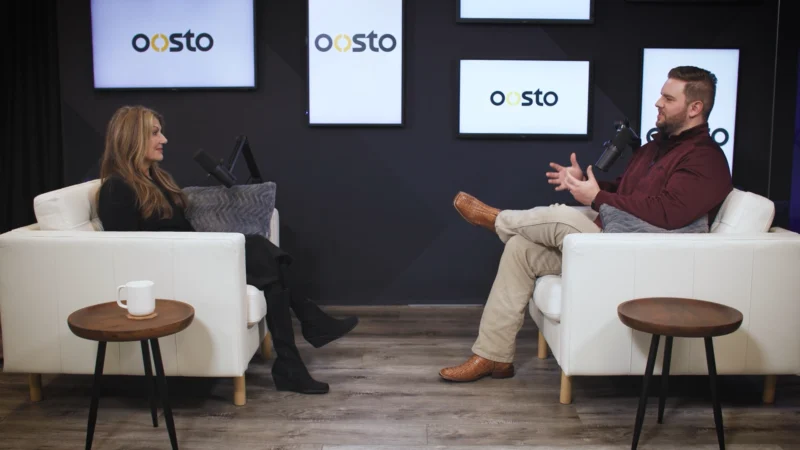Integrating Tech and Physical Security: A School Safety Expert’s Take
In the latest episode of Innovation Obsessed, Matt Plantier of Oosto sits down with Wes Drake, former special operations expert and current COO of Omni-Response, to discuss the vital role of technology in modern security practices. With a background in the Department of Defense and over two decades of military experience, Wes brings a wealth of knowledge on security measures in high-stakes environments, including schools, universities, healthcare facilities, and corporate settings. Their discussion centers on how technology is reshaping security across industries, with a particular focus on school safety. Wes highlights the importance of proactive planning and the integration of physical and technological measures to keep environments safe.
Building a Strong Foundation: The Essentials of Physical Security
Wes highlights that a strong foundation in physical security is essential, but it’s just the beginning. He stresses the need for regular rehearsals, drills, and after-action reviews to identify and close gaps in preparedness—an often-overlooked step in many institutions’ security plans. By regularly testing systems, schools and other organizations can better prepare for real-life scenarios, improving their overall safety readiness.
High-Tech, Low-Cost: Scalable Security Solutions for Any Budget
The conversation also addresses a key concern for many schools: budget constraints. Wes explains that while advanced technologies such as facial recognition, weapon detection, and sensor integration might seem costly, they can be implemented gradually. To enhance school safety, schools can focus on securing high-risk areas first, and then expand their systems as needed. This scalable approach enables even budget-conscious schools to prioritize safety effectively with proven ROI.
Wes further explores how schools can mitigate risks during protests or unrest by using both physical and technological strategies. From rerouting foot traffic to deploying automated systems that monitor crowd behavior and trigger alerts, these tools can prevent incidents from escalating, ensuring a safer environment for students and staff.
Designing for Safety: The Importance of Security in Planning
In wrapping up, Wes shares a crucial lesson from his own experience, emphasizing the need to incorporate security planning from the start of school design. Too often, new buildings feature glass walls and open spaces that pose security risks. By involving security teams early in the design phase, organizations can build spaces that prioritize prevention, not just reaction.
Why Listen?
Every two weeks, Innovation Obsessed brings you compelling stories, expert panel discussions, and thought leadership in the realms of safety, security, and operational efficiency. This episode is packed with actionable insights for healthcare administrators, security professionals, and anyone interested in the latest innovations in healthcare.
Tune In and Get Inspired
Don’t miss out on the latest episode of Innovation Obsessed. Whether you’re directly involved in healthcare security or simply passionate about innovative solutions, this podcast offers valuable perspectives and practical advice.
Listen Now: oosto.com/podcast




